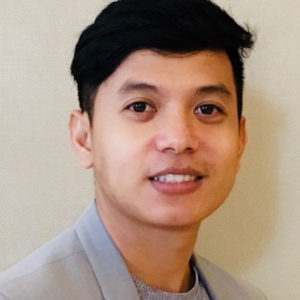Dr. SOEURN Visal
On Saturday last week, the fifth group of dental graduates successfully completed their thesis oral defence. During the twenty minute presentation, the group members, Chhov Mengleng, Tang Lymeng, and Meng Long presented the results of their clinical study on “Surgical Management of Maxillary Exostosis (ME) and Torus Palatinus (TP) in Patients Attending the University of Puthisastra Dental Clinic, Phnom Penh, Cambodia”. The following is the abstract of their research:
Background: Tori and exostoses are bony protuberances that could be classified according to their anatomic form and location. They may be easily traumatized and can interfere with wearing a denture. This study illustrated surgical management and its outcomes of ME and TP in patients attending UP Dental Clinic in 2016-2017.
Methods: This was a retrospective study on a series of 8 cases of either ME or TP (5 males and 3 females of age between 46 to 74 years old). Pre-operatively, the site and shape of ME and TP were evaluated to decide which flap design to be used; study models were taken and surgical splints were fabricated. Low-speed handpiece and/or chisel mallet were used to surgical remove the bone. Post-operatively, the patients were given antibiotic, analgesics and chlorhexidine mouthwash for at least 5 days, and followed up at 2-7 days, 1-12 months.
Results: The surgical procedures described in the study resulted in satisfactory outcomes with no serious complications. 6 cases (75%) were completely successful, while 2 cases (25%) presented with post-operative infection of the wounds, which subsequently resolved. Noticeably, both infections were in cases of torus palatinus where a post-operative splint was not placed.
Conclusion: The surgical removal of ME and TP is a relatively simple procedure but requires an accurate diagnosis and treatment plan, and careful surgical technique. Placing a surgical splint over the surgical wound was found to be a quick and reliable method of preventing postoperative complications.















